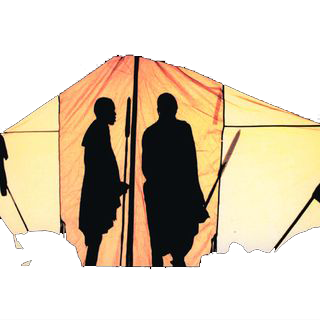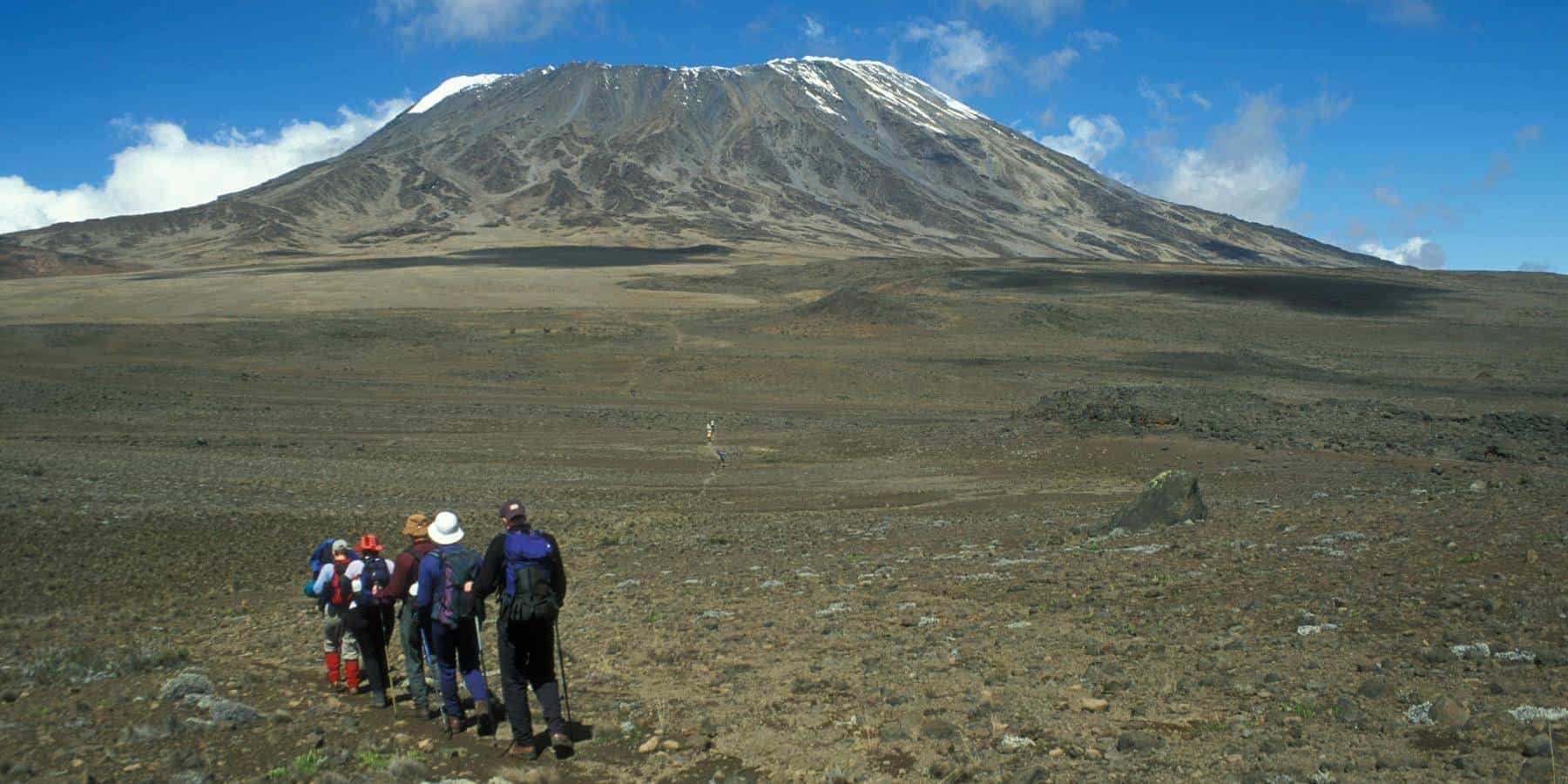If you're looking for an adventure of a lifetime, climbing Kilimanjaro's Marangu route should be on your bucket list. Mount Kilimanjaro is Africa's tallest peak and attracts thousands of hikers and adventurers every year. While there are many routes to the summit, the Marangu route is the most popular and arguably the easiest. In this guide, we'll take you through everything you need to know about the Kilimanjaro Marangu route, from the best time to go, what to pack, and what to expect on the climb.
1. What is Marangu route?
The Marangu route, also known as the "Coca-Cola" route, is the most popular and oldest route on Mount Kilimanjaro. It's often called the Coca-Cola route because it is considered the easiest route, and hikers can find soft drinks and bottled water along the way. The route starts on the mountain's southeast side and covers a distance of about 64 kilometers (40 miles) to the summit and back. The Marangu route is also the only route on Kilimanjaro with dormitory-style huts for overnight accommodation, making it a more comfortable option for hikers.
2. When is the Best Time to Climb the Marangu Route?
The best time to climb the Marangu route is during the dry season, which is from June to October and December to February. These months offer the best weather conditions for hiking and have the lowest chances of rainfall. However, the peak season also means that the trails can be crowded, so it's best to book your trip early. The wet season, from March to May and November, can make the climb challenging due to slippery trails and heavy rainfall.
3. What Should You Pack for the Marangu Route?
Packing for a Kilimanjaro climb requires careful planning to ensure you have all the essentials for a comfortable and safe hike. Some of the essential items to pack include:
- Warm clothing: temperatures can drop significantly at high altitudes, so pack warm clothes like a down jacket, thermals, and fleece jackets.
- Good hiking boots: ensure you have sturdy and comfortable hiking boots that can handle steep and rocky terrain.
- Sleeping bag and sleeping mat: the huts on the Marangu route have communal bunk beds, so bring a sleeping bag and mat for warmth and comfort.
- Sun protection: bring sunglasses, a hat, and sunscreen to protect your skin from the sun's UV rays.
- Water bottles and a hydration system: staying hydrated is crucial during the hike, so bring water bottles or a hydration system to keep yourself hydrated along the way.
- Headlamp or flashlight: the huts do not have electricity, so bring a headlamp or flashlight for visibility at night.
- First aid kit: include basic medications, bandages, and other medical supplies for any emergencies that may arise.
4. What to Expect on the Climb?
The Marangu route is considered the easiest route up Kilimanjaro, but it's still a challenging hike that requires physical fitness and mental preparation. The route is a five-day climb, with four nights spent in the huts along the way. The ascent is gradual, allowing hikers to acclimatize to the high altitude, reducing the risk of altitude sickness. The trek to the summit begins at midnight on the fifth day, allowing hikers to reach the summit at sunrise. The summit day is the most challenging, with a steep climb to the peak at 5,895 meters (19,341 feet) above sea level. After reaching the summit, hikers descend to the base camp and then continue down the mountain to the gate.
5. What Are the Huts Like on the Marangu Route?
The Marangu route is the only route on Kilimanjaro with dormitory-style huts for overnight accommodation. The huts are basic but offer more comfort compared to camping. Each hut has several rooms with bunk beds and mattresses, and communal toilets and dining areas. However, it's important to note that the huts do not have electricity, and hikers should bring a headlamp or flashlight for visibility at night. The huts also tend to be crowded during the peak season, and hikers may have to share a room with others.
6. How Safe is the Marangu Route?
Climbing Kilimanjaro can be dangerous if not properly prepared and planned. However, the Marangu route is considered safe, and there have been no major accidents reported on the route. The gradual ascent and descent allow for better acclimatization, reducing the risk of altitude sickness. The huts also provide a more comfortable and safer accommodation option compared to camping. Hikers should follow the guidelines provided by the park authorities and their tour operator to ensure a safe and enjoyable climb.
7. Can I Climb the Marangu Route Solo?
Climbing the Marangu route solo is possible, but it's recommended to climb with a guide or join a group tour for safety reasons. The guides are familiar with the route and can provide valuable assistance and support during the climb. They also help with carrying equipment and supplies, making the climb easier. Solo hikers should also be prepared to pay additional fees for park permits and equipment rental.
8. What are the Health Risks of Climbing Kilimanjaro?
Climbing Kilimanjaro can pose several health risks, including altitude sickness, hypothermia, and dehydration. Altitude sickness can occur at high altitudes and can cause headaches, nausea, and fatigue. Hypothermia can occur due to exposure to cold temperatures and can cause shivering, confusion, and loss of consciousness. Dehydration can occur due to inadequate fluid intake and can cause fatigue, dizziness, and confusion. It's important to stay hydrated, take breaks, and acclimatize properly to reduce the risk of these health conditions.
In conclusion, climbing Kilimanjaro's Marangu route can be a life-changing experience for hikers and adventurers. The route is the easiest and most comfortable option for hikers, with dormitory-style huts for overnight accommodation. The climb requires physical fitness and mental preparation, and hikers should be prepared for the challenging weather conditions and altitude. The best time to climb the Marangu route is during the dry season, and hikers should pack warm clothing, good hiking boots, and essential equipment like a sleeping bag and water bottles. With proper planning, preparation, and safety measures, hikers can conquer Africa's tallest peak and create memories that will last a lifetime.

